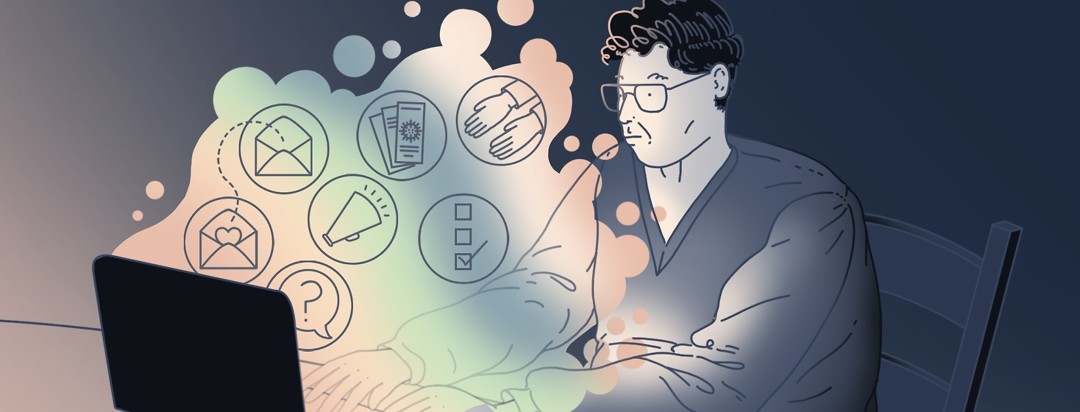Will My Disability Benefits Change If My Diagnosis Changes?
Getting approved for disability benefits from the US Social Security Administration (SSA) can take a lot of paperwork and patience. But you may be also wondering: What if my diagnosis changes? What happens to my disability benefits?
What if my diagnosis changes?
If your condition gets worse, your disability payments from the SSA will not change. This is also true if you end up having an additional diagnosis. The reason is that disability payments are based on your earnings history. They are not based on the severity of your disability.1
In any case, you should let the SSA know about any changes in your medical condition. This is true whether the change is:2
- Worsening of your condition
- An improvement
- An additional diagnosis
Should I worry about my benefits ending?
When you are approved for disability benefits, the SSA considers that:1
- Your medical condition prevents you from doing most work.
- Your medical condition will last at least 1 year or end in death.
Typically, disability benefits only stop if the SSA decides your medical condition no longer prevents you from working regularly.3
The SSA will review your case from time to time. The frequency of these reviews ranges from 6 months to 7 years. The reviews will also depend on:3
- The nature of your medical condition
- The severity of your condition
- Whether your condition is expected to improve
When it is time for a medical review, the SSA will send you a letter in the mail. You will be asked to provide records from the hospitals and medical offices that have treated you since you were awarded benefits (or since your last review).4
If you have worked at all during that time period, you will also need to provide information about:4
- The dates you worked
- The pay you received
- The kind of work you did
Calculating your disability benefits
Here is a brief breakdown of how the SSA determines your benefit amount:5,6
- The calculation starts with your “covered earnings.” This is the income on which you have paid Social Security taxes.
- The SSA calculates your covered earnings over a period of years to come up with your average indexed monthly earnings (AIME).
- The SSA applies a formula to the AIME. The result of the formula is your primary insurance amount (PIA). Your PIA is the maximum Social Security disability benefit you are entitled to.
The longer you worked prior to your disability, the higher your benefit amount is likely to be.
What may cause my benefits to increase?
There are a few ways the SSA may increase your benefits. For example:7,8
- Cost of living adjustments (COLAs): The SSA can increase disability payments by a certain percentage each year. This is done to keep up with rising inflation. The latest increase of 5.9% went into effect in January 2022.
- Automatic Earnings Reappraisal Operation (AERO): The SSA may give you credit for previously uncredited earnings. If you are eligible for an increase after an AERO calculation, the SSA will notify you by mail. AERO calculations are done automatically every March and October.
What if I want to go back to work?
The SSA has special rules to help you if you decide you want to work again. For example, you can work up to 9 months while receiving full benefit payments. The 9 months you work do not have to be in a row. During this time, you can determine whether working is right for you.9
If you’re interested in going back to work, ask your Social Security office for more information. They have programs that can help with:9
- Work expenses
- Training
- Rehabilitation
Navigating SSI
Supplemental Security Income (SSI) is a separate government program for disability benefits. SSI benefits have nothing to do with your work history. Instead, SSI benefits are based on your financial need.10
But it is possible to receive both SSI and your Social Security Disability benefit if you have both limited income/resources and a work history.10
SSI has income and asset requirements. For example:11,12
- As of 2022, an individual cannot earn more than $1,767 in monthly wages ($2,601 for couples).
- Individuals must have less than $2,000 in assets ($3,000 for couples).

Join the conversation